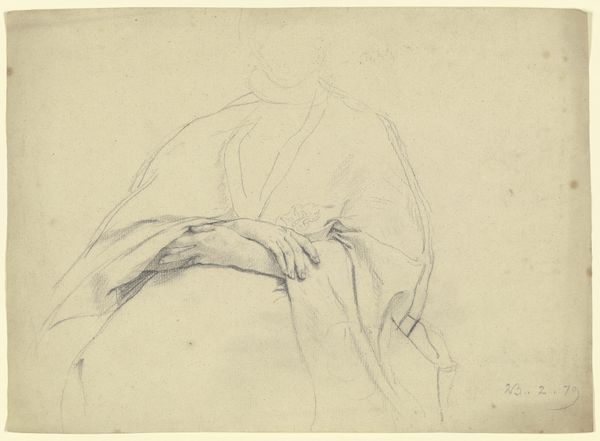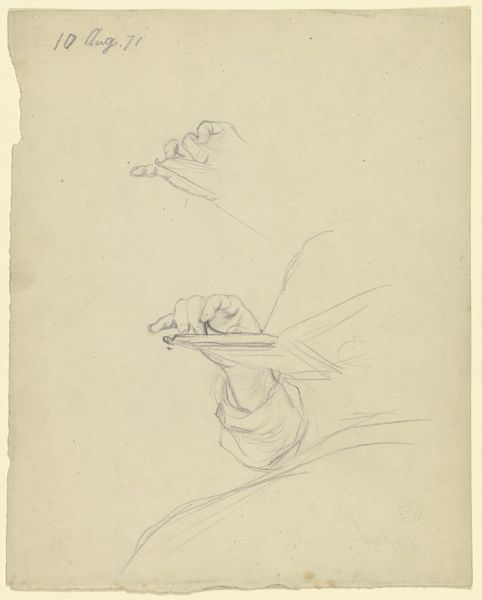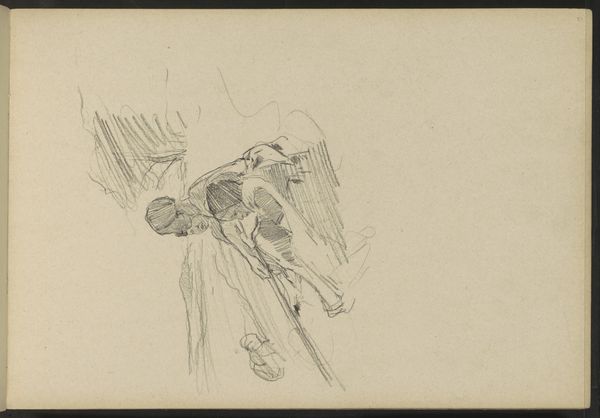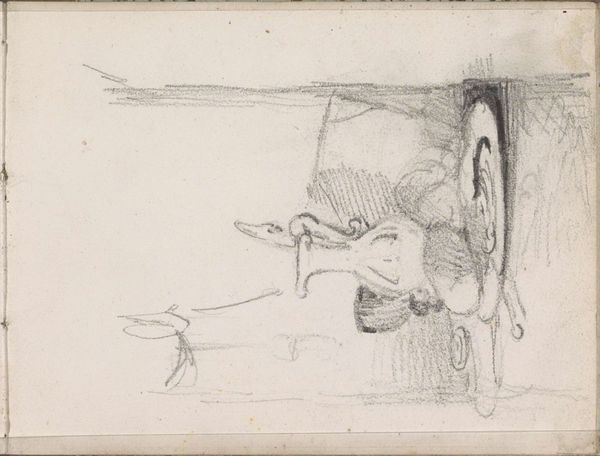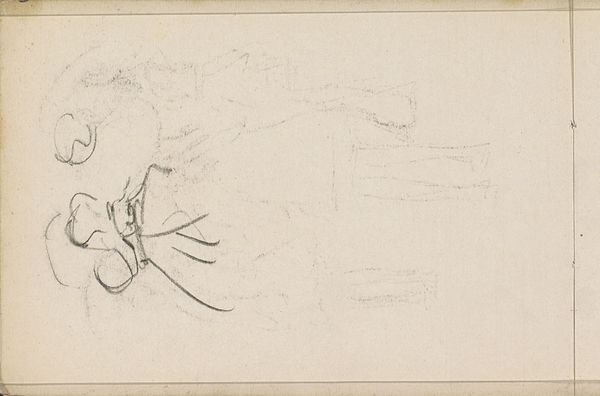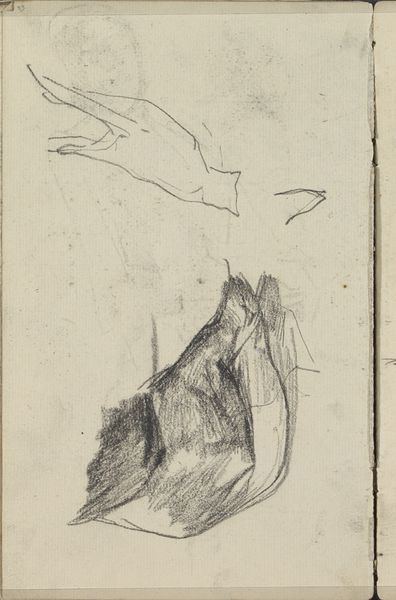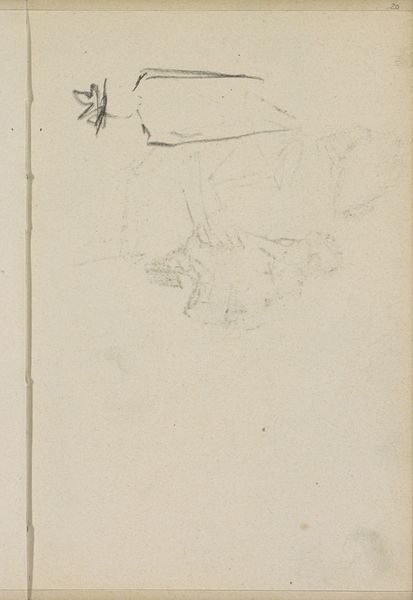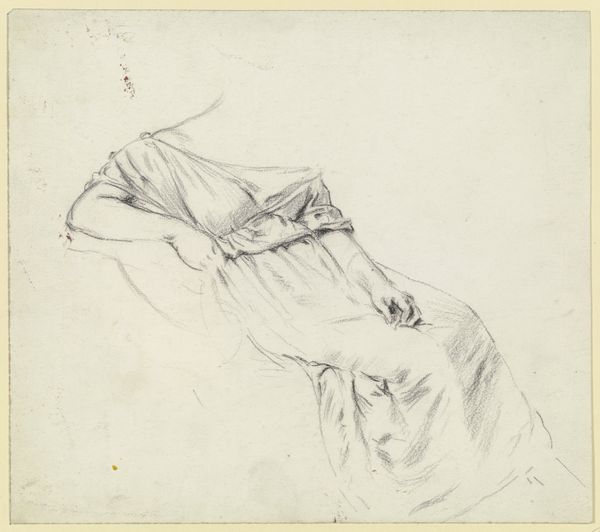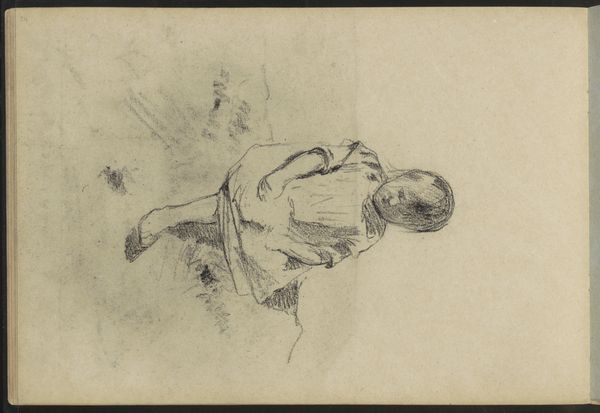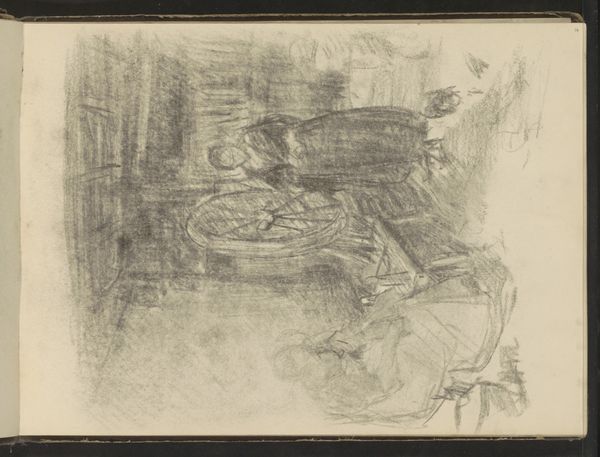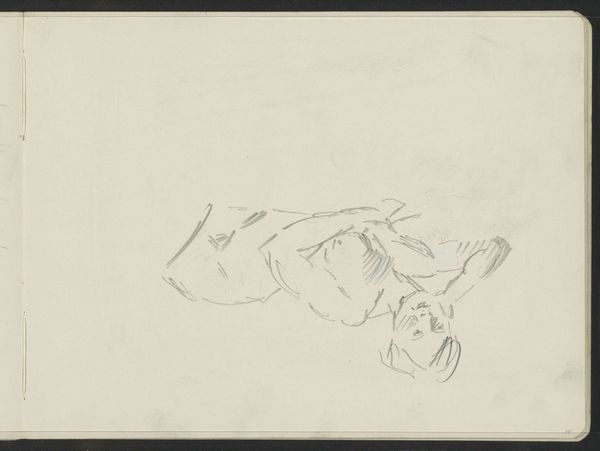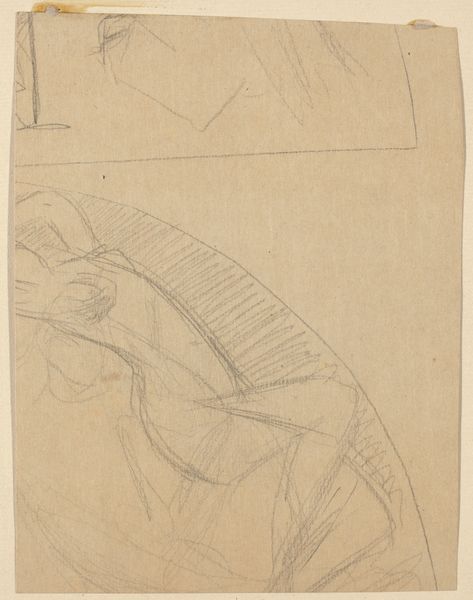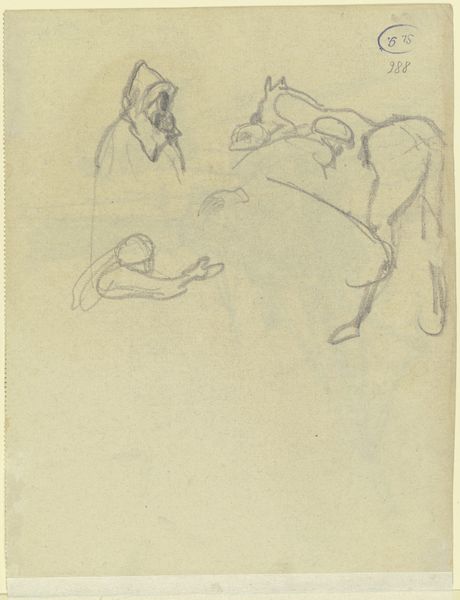
drawing, paper, pencil
#
portrait
#
drawing
#
16_19th-century
#
pencil sketch
#
paper
#
pencil
#
realism
Copyright: Public Domain
Curator: Here we have Otto Scholderer's delicate pencil sketch, "Luise Scholderer, ein Buch lesend, Detail der Hand," dating back to 1871 and held at the Städel Museum. It offers us a glimpse into the artist's immediate world. Editor: The quiet intimacy of this piece strikes me first. The soft grey of the pencil on paper, the woman so absorbed… it feels like intruding on a private moment of reflection. There’s a fragility here, both in the medium and the pose. Curator: Exactly. Scholderer likely created this drawing as a preparatory study, possibly for a larger portrait of his sister, Luise. We see a Realist approach to portraiture; the emphasis on detailed observation aligns with the art movements challenging the traditionally staged portrayals in art at the time. Editor: It’s compelling to consider what Luise might be reading. The book itself becomes a symbol of access and knowledge – privileges not afforded to all women at this time. Could this artwork engage contemporary theory that aims to excavate the power structures ingrained within depictions of domesticity and leisure? Curator: It absolutely opens that conversation. I think about how art academies often relegated female students to precisely these kinds of "domestic" subject matters, reinforcing specific gendered roles both in art and society. Luise herself, by being the subject, occupies a peculiar place within this artistic power dynamic. Editor: The intense focus on her hands draws me in; hands that hold not just a book, but the potential for action and agency. I see the ring she's wearing, perhaps indicating marital status and social standing – layers of meaning are folded into what appears at first to be a simple sketch. Curator: The hands certainly are telling. As historians, we ask who had access to such simple daily actions. It is also critical to consider that Scholderer created this sketch within a specific socio-economic context in Germany where access to culture and artistic circles varied widely, influencing who he chose to portray and how. Editor: Thank you, I agree. Thinking about Otto’s personal relationship to the sitter definitely enhances our interpretations of her character. Curator: A seemingly simple drawing holds complex threads of gender, class, and artistic intention, continuing to engage and provoke thought today. Editor: A poignant reminder of how historical artworks like this resonate with the complexities and layered oppressions still found in contemporary discourse.
Comments
No comments
Be the first to comment and join the conversation on the ultimate creative platform.
